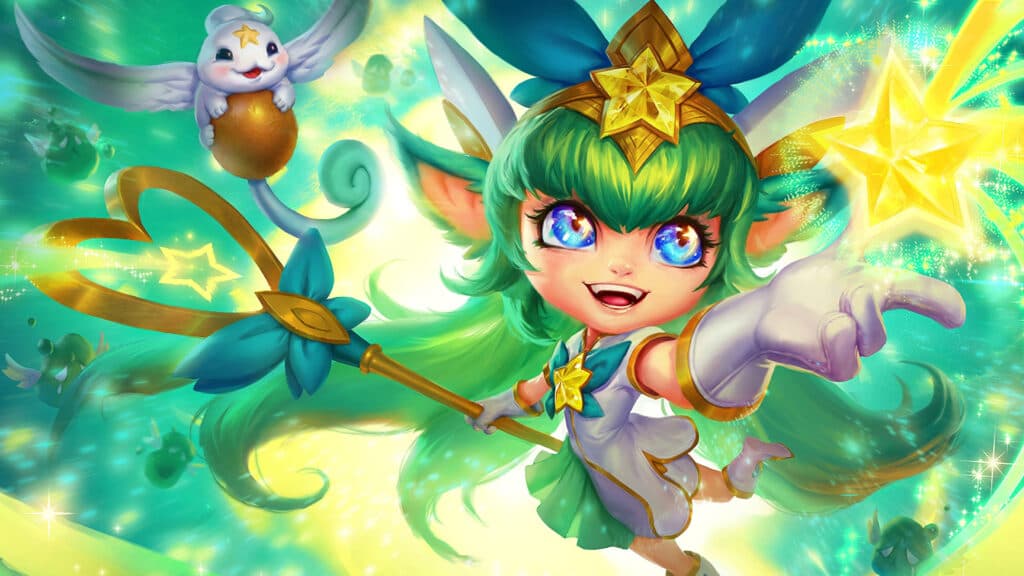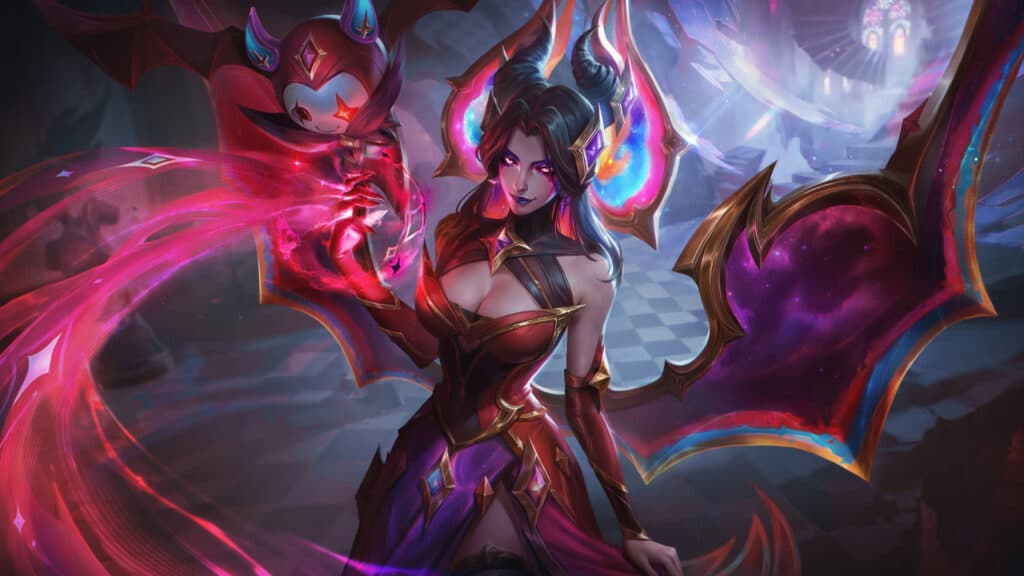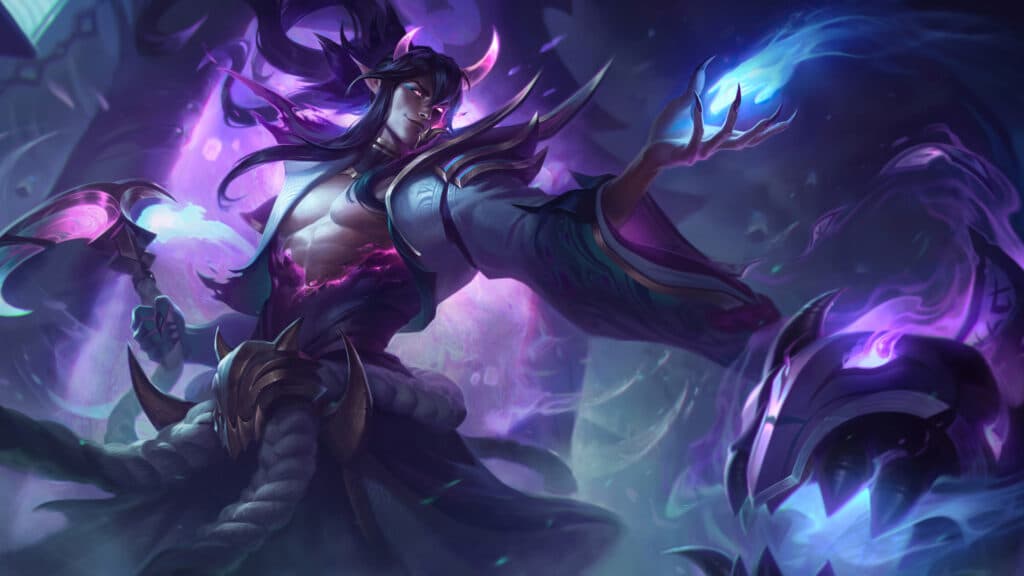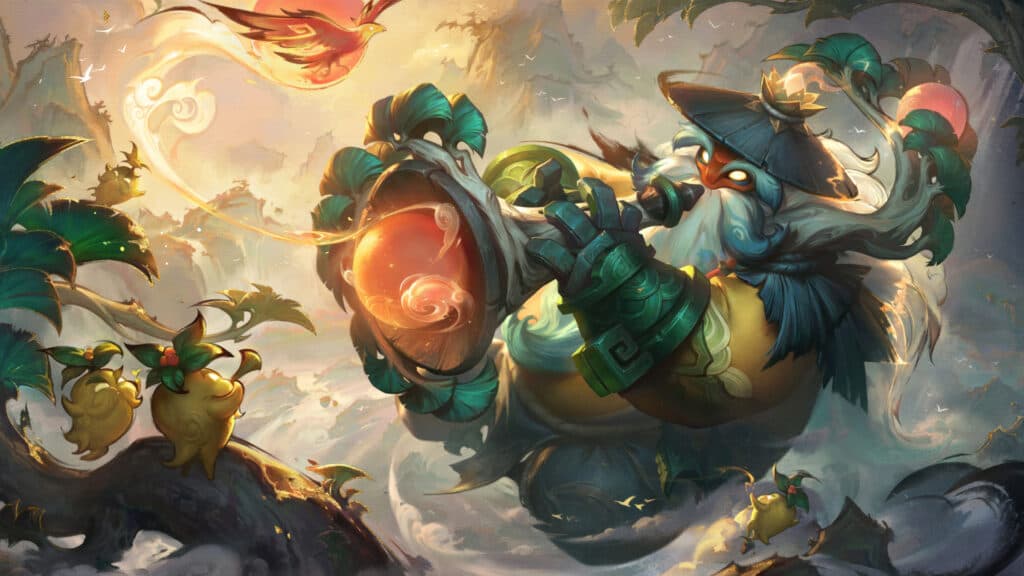Before choosing the best support champions in League of Legends, it’s important to understand a few key factors. Let’s look into them.
Support is often seen as the easiest role, typically tied to healers or buffers who help their teammates. But in League of Legends, supports play a critical role — from protecting allies to creating small windows of opportunity to fight that can decide a game. So, how do they make a difference? And who are the best support champions in League of Legends? First, let’s break down the different types of support champions in the game.
Types of support in League of Legends
There are three main categories of supports in League of Legends: enchanters, poke, and engage. However, some smaller categories were created to embrace specific characteristics from certain champions.
Enchanters
Enchanter or peel supports specialize in healing, shielding, and providing buffs to their allies. Their primary role is to ensure the safety and sustainability of their teammates during the laning phase and throughout team fights. Champions like Lulu, Janna, Nami, Soraka, and Seraphine are prime examples of enchanters. These champions are very useful in teams where the damage-dealing champion is very squishy and can be very vulnerable to enemy junglers. They work very well with champions who need to scale to get stronger, since they can provide sustainability for them.
Poke
Poke or mage supports deal damage while providing some utility to the team. They often have stuns and other types of abilities that allow them to immobilize the enemy and deal a lot of damage since they often build ability power (AP) items. Zyra, Brand, Lux, Morgana, Neeko, Xerath, Swain, and Vel'Koz are some examples of poke supports. These supports are very important to deal damage before or during fights, making the enemy more vulnerable. They apply a lot of pressure on both enemies and objectives, but rely a lot on skill shots, which means they need to be very well-positioned and aware of the map.
Engage
Engage or tank supports are durable and have the main goal of creating opportunities, engaging in fights, and allowing their attack-damage carry (ADC) to kill the enemy teams. They can take a lot of damage, making them perfect for being on the front line. Alistar, Nautilus, Rell, Thresh, Leona, and Blitzcrank are some examples of engage supports. They are also very good at securing objectives by initiating fights before their spawn and debilitating the enemy team. They are very important in affecting the enemy team's positioning, often forcing them to scatter or react to the sudden threat.
Disengage
In the context of League of Legends, to disengage means to retreat or pull back from a fight or engagement, often to avoid taking unnecessary damage or to regroup. It’s the opposite of engaging, where you initiate a fight. Champions like Renata Glasc, Braum, and certain engage supports like Alistar and Thresh are perfect for disengage. Their role is to create space between their team and the enemy, allowing their allies to escape dangerous situations, avoid engagements, or simply survive when under threat. They can also protect their teammates by using their defensive skills.
Utility/roaming supports
This category was introduced to embrace certain champions who didn't fit in quite well with the others. Utility supports are excellent at enhancing their team's overall effectiveness, giving them the tools they need to outmaneuver and outlast their opponents. They usually roam, which means leaving the lane to assist other lanes, and create opportunities for fights. Bard, Pyke, and Zilean are good examples of utility supports. They are also very important to secure vision control in areas where the other supports have more difficulty reaching by themselves.
But how do you choose the support that fits you better? Well, you have to play and test various types to understand which best supports correspond to your playstyle. There are some supports that the majority of the community agrees are best to climb up from low elo, but nothing will work on you until you're comfortable with them. So, what are the best supports to climb up?
Best supports to get out of low elo
According to various sites and opinions, enchanters are one of the best support champions in League of Legends to climb up. Milio, Janna, and Soraka are solid champions that not only are relatively easy to play with — this means they don't have a lot of mechanics you need to learn) — but they are very strong and reliable. However, if you prefer an engage/disengage support for a more aggressive gameplay, then Nautilus and Braum are the best supports to help you get out of Iron. They are very impactful in both the laning phase and team fights.
However, there are some matchups you need to be alert about. If you don't know, in League of Legends, some champions counter other champions, which means that they have a kit or tactic with specific advantages or abilities that make it more likely to win against or neutralize the effectiveness of the enemy champion. Let's see some common counter picks in the bot lane.
Matchups and counter picks
Remember that League of Legends is a situational game. Counter-picking a champion doesn't mean you will win or be the best support in lane. There is a higher chance for a better lane, but the victory is not secure. You need to be synergized with your ADC to make the bot lane work smoothly.
Matchups Counters | Nautilus or Leona Braum | Enchanters (Lulu, Nami) Blitzcrank |
How do you pick the best support for your ADC?
Some common duos normally work well, like Lucian and Nami or Caitlyn and Lux, but once again, that doesn't mean you will automatically win. The first thing you need to identify is the "goal" of your ADC. For example, if your ADC picked a Caitlyn, Samira, or a Draven, they are probably looking for more aggressive plays. You can try and play with enchanters, but the best match will be engaging support because they will be able to grant aggressive plays.
In order cases, if you have a Jinx, you don't exactly want to fight right away. With Caitlyn on the enemy team, your main goal is guaranteeing that Jinx survives and farms, which means an enchanter will be the best support pick. Twitch and Kog'Maw are other examples of ADC that love to play with enchanters.
For example, Aphelios works very well with Thresh because some of his weapons have low range. Thresh's presence in lane with his lantern ability allows Aphelios to take more space into the lane and be sure he can run away from danger and deal a lot of damage. This is also suitable for team fights because Thresh can also protect Aphelios as a tanky support.
That's why having a wide pool of support is very important. One of the best advice is to have a pick for each type: enchanter, poke, and engage. This way, you can be prepared for various possibilities. Not only because you don't play alone and all your decisions will also affect your ADC, but also because not always certain supports will be the best for certain situations. This doesn't mean you have to play with champions you don't like — that will be much worse than actually playing a "non-adequate" support in that duo.
Most picked supports in high elo and competitive (patch 25.07)
If you want some inspiration from the best players, check out the most picked supports in both high elo Diamond+ and competitive. In this case, we're going to be referring to Worlds 2024 from the pro play perspective.
High elo
Support Pick Rate Win Rate | Lulu 14.2% 52.20% | Nami 14.1% 50.73% | Tresh 11.8% 50.23% | Karma 10.8% 48.84% | Nautilus 10.7% 47.71% |
Competitive
Support Picks Win Rate | Rell 44 48% | Rakan 23 61% | Leona 22 55% | Renata Glasc 16 50% | Alistar 14 36% |
Defining the best supports in League of Legends, as we said in the beginning, will always be a complex task. This is because even the analysts struggle to do it. However, there are many tips you can use to improve your gameplay and be a better support. Remember that the support does not always have to be the flashiest or the annihilator, but will always be a very impactful role. Support champions can change the course of the game and take your team to victory.
That's all for now. Stick around for more League of Legends news, guides, and updates on esports.gg.




